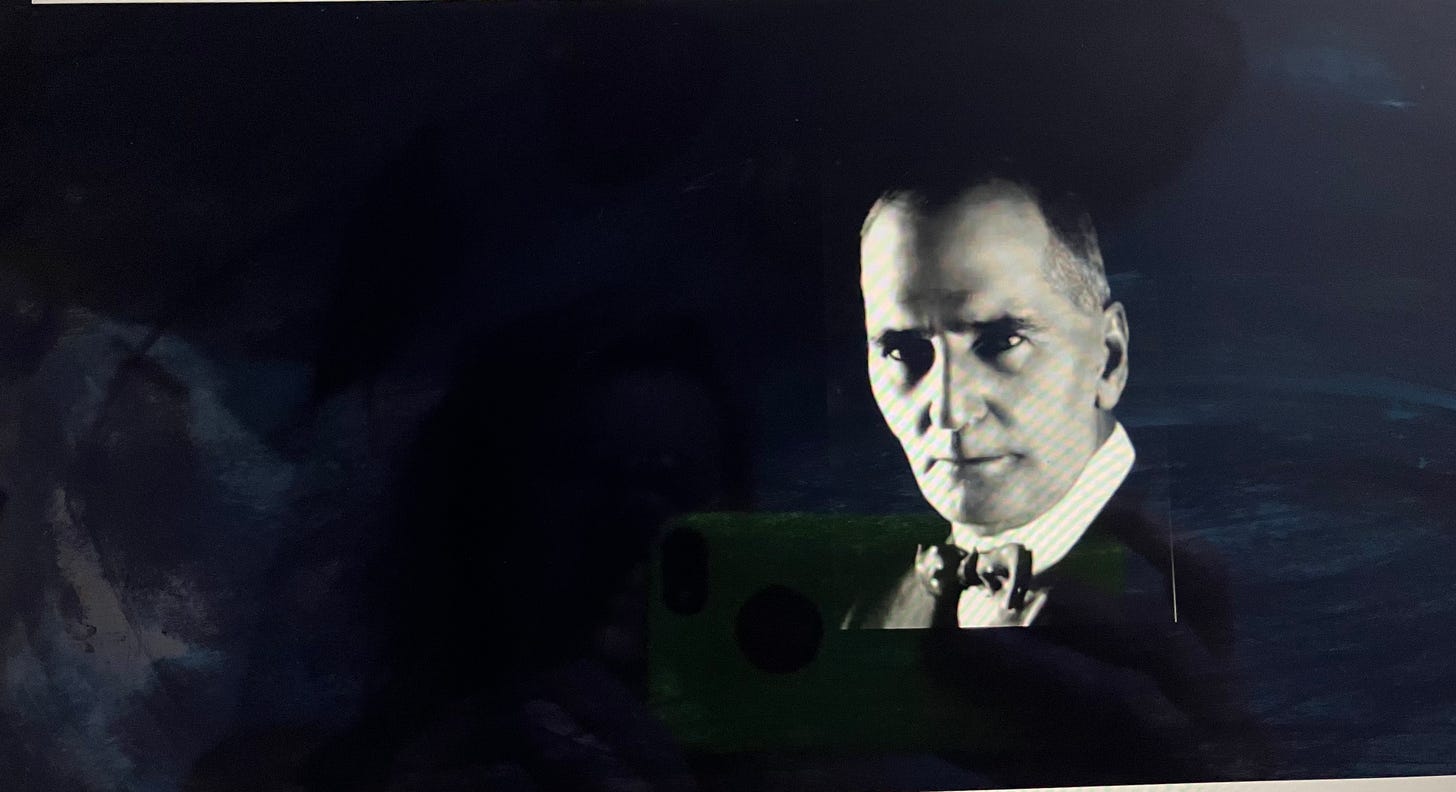Full of Magic: The Stolen Legacy Of Eugène Marais
By Aram Alcalay (Please Welcome a New Writer)
By Aram Alcalay
“When Weiner was a boy in Sunnyside one of the most thrilling of events was the sight of Eugène Marais — dignified, dressed always in immaculate white — walking down towards the river in the evening. It was a signal to all the children along the street. They came piling out of yards and gardens and upstairs rooms to follow Marais to the river. There he’d find an old stump or a log to sit on, while they arranged themselves on the ground. And he would tell stories. All acquaintances recall him as one of the most consummate story-tellers of his time and place, but the mightiest of witnesses were the children at his feet, listening with long-held breath to his stories of bush and veld and dusty roads where mambas slink. The dark would come on. He would rise and go home, and the children, full of magic, would return to new worlds.”
Man Without Qualities: The Tragic Life of Eugène Marais
“From 1905 Marais studied nature in the Waterberg ('Water Mountain'), a wilderness area north of Pretoria, and wrote in his native Afrikaans about the animals he observed. His studies of termites led him to conclude that the colony ought to be considered as a single organism.”
—Wikipedia
Eugene Marais was a South African poet and scientist whose work appeared in the early 20th Century. The more famous writer, Maurice Maeterlink, plagiarized Marais' superior work and research when Maeterlink wrote a book which appropriated many of Marais' original concepts. After his wife's death, Marais devoted himself entirely to his work, and he began to go on long expeditions into the wilderness, where he observed nature and animal life.
Eventually he became interested in the vast colonies of white ants which populated the open landscapes of South Africa.
Based on behavior which he observed in the ant colony and specifically the behavior of the queen in relation to the worker ants, Marais came to believe that the queen was controlling the worker ants from a distance through an as yet unidentified form of communication. Marais used various experimental methods which proved that the ants could not be communicating via chemicals, scents, or visual body signals.
Marais concluded [1] that the ant queen communicated with the other ants through electromagnetic waves which were sent directly to the recipients' nervous systems, a form of communication which humans are only just beginning to develop with wireless technology and related biotech applications. (Interestingly, in recent years scientists have shown [2] that micro-organisms can communicate with each other directly through material barriers via electromagnetic waves. This discovery supports Marais' theory).
Through this form of communication, the worker ants acted not as individuals, but rather as if they were cells in a unified body in which the queen functioned as the brain. In this way, each individual organism came to act like a cell in a broader biological structure or an atom in a broader material body. The ancient Greek concept of the microcosm comes to mind in connection to these discoveries of Marais: to the Greeks, the macroscopic world, the cosmos at large, the visible world of the senses, was reiterated in miniature descending forms which ran into an infinitesimal scale in the world of particles, cells and atoms.
—Aram Alcalay
Endnotes:
1. Eugene Marais: The Soul of the White Ant, https://dn790008.ca.archive.org/0/ items/TheSoulOfTheWhiteAnt.pdf, p. 25
2. A Prindle, et al: Ion channels enable electrical communication in bacterial communities, Nature 527, 59-63 (2015), https://doi.org/10.1038/nature15709
Additional reading: https://manwithoutqualities.com/2012/05/01/the-tragic-life-of-eugene-marais/
Note from Celia: We have published now, a father and son, both new friends of The Truth Barrier. Ammiel Alcalay and his son Aram, author of this piece. In addition, Aram is on board as our first official editor. Aram and I share an enthusiasm for the Outsider Scientist, and I expect this to become a new vein for us.
Welcome Aram!




I would posit that humans have always had the ability to communicate electromagnetically, but this feature of our consciousness has been degraded and obscured by poison jabs, poisoned air, water and food, and the seething static electro-fog we all find ourselves immersed in. I will add that I believe this original function is being supplanted with the introduction of synth-nano-bio, and the internet of bodies.
Eugene Marais also wrote a very entertaining book on his observation of baboons in the wild, called "My friends the baboons". Well worth a read.